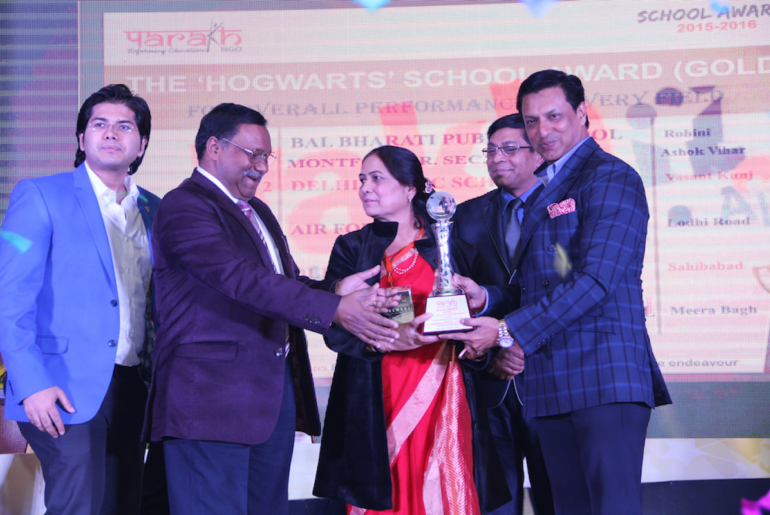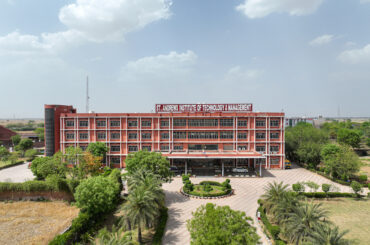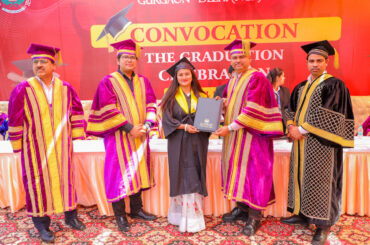Top MBA Entrance Exam

An MBA Entrance Exam is a standardized test or series of assessments that prospective students must take to gain admission to a Master of Business Administration (MBA) program.
These exams are designed to evaluate MBA aspirants’ aptitude and readiness for advanced business studies.
They typically assess skills relevant for an MBA course, such as analytical reasoning, quantitative ability, verbal ability, data interpretation, and general business awareness.
Some of the most opted courses in India and St. Andrews college or different Engineering college or Management colleges are as follows:-
- Btech
- Btech CSE
- Btech ETCE
- MTech
- BCA
- BBA
- MBA
- MCA
- DPharma – St. Andrews College of Pharmacy
- BPharma – St. Andrews College of Pharmacy
- BArch – St. Andrews College of Architecture
Top MBA Entrance Exams in India

In India, different MBA entrance exams are conducted by different institutions and organizations.
Here are some of the top management entrance examinations in India:
CAT
The Indian Institutes of Management (IIMs) conduct the CAT annually, making it one of the most competitive exams for MBA admissions in India. It is a computer-based test held in online mode and is accepted by various management institutes across the country.
Xavier Aptitude Test (XAT)
XAT, conducted by Xavier Labour Relations Institute (XLRI), Jamshedpur, on behalf of the Xavier Association of Management Institutes (XAMI), plays a key role in the admission process. It is recognized by over 150 business schools in India for admission to their management programs.
Management Aptitude Test (MAT)
MAT, conducted by the All India Management Association (AIMA), takes place four times a year (February, May, September, and December) and is accepted by many business schools across India.
Common Management Admission Test (CMAT)
CMAT is conducted by the National Testing Agency (NTA) and is accepted by various management institutes approved by the All India Council for Technical Education (AICTE).
Indian Institute of Foreign Trade (IIFT) Entrance Exam
IIFT conducts its own entrance exam for admission to its MBA (International Business) program.
Types of MBA Entrance Exams
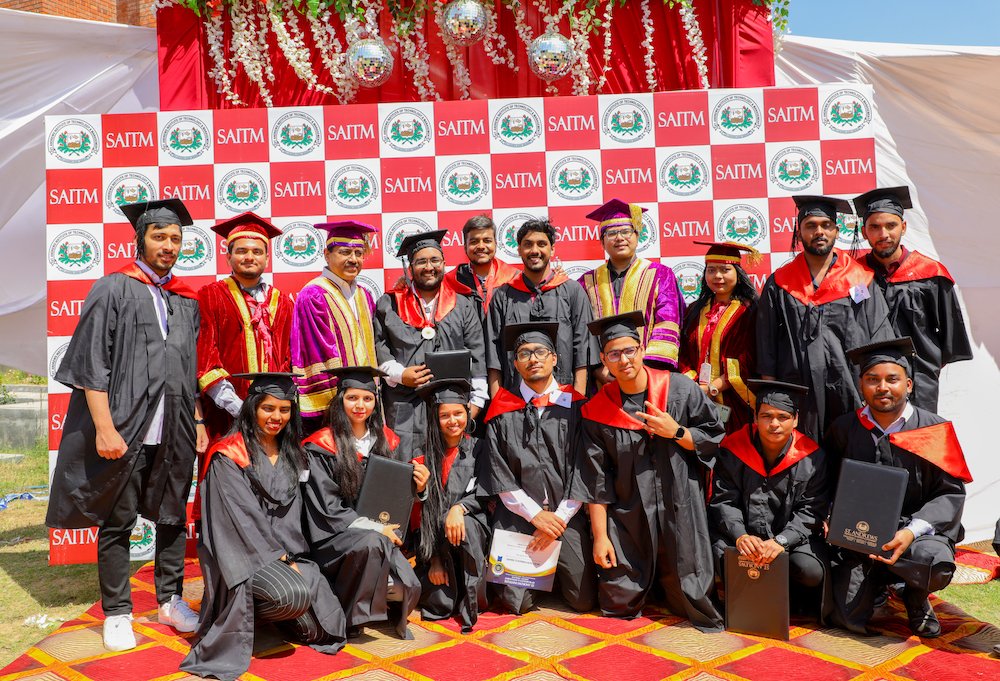
In India, there are several types of MBA entrance exams conducted by different institutions and organizations.
Here are the main types:
National Level Entrance Exams
These exams are held at the national level and are accepted by numerous top MBA colleges across India. Examples include:
- Common Admission Test (CAT)
- Xavier Aptitude Test (XAT)
- Management Aptitude Test (MAT)
- Common Management Admission Test (CMAT)
- NMAT by GMAC
State Level Entrance Exams
Some states conduct their own MBA entrance exams for admission to management programs offered by colleges within the state. Examples include:
- Maharashtra Common Entrance Test (MAH-CET)
- Karnataka Management Aptitude Test (KMAT)
- Tamil Nadu Common Entrance Test (TANCET)
Institute-Specific Entrance Exams
Certain prestigious MBA colleges and universities conduct their own entrance exams for admission to their management programmes. Examples include:
- Symbiosis National Aptitude Test (SNAP) for Symbiosis International University
- Indian Institute of Foreign Trade (IIFT) Entrance Exam
- Institute of Rural Management Anand (IRMA) Entrance Test
Sector-Specific Entrance Exams
Certain MBA programs cater to specific sectors like rural management, healthcare management, or hospitality management. Entrance exams for such programs may have a specialized focus. Example:
- IRMA Entrance Test for Rural Management
State-Level MBA Entrance Exam List with dates
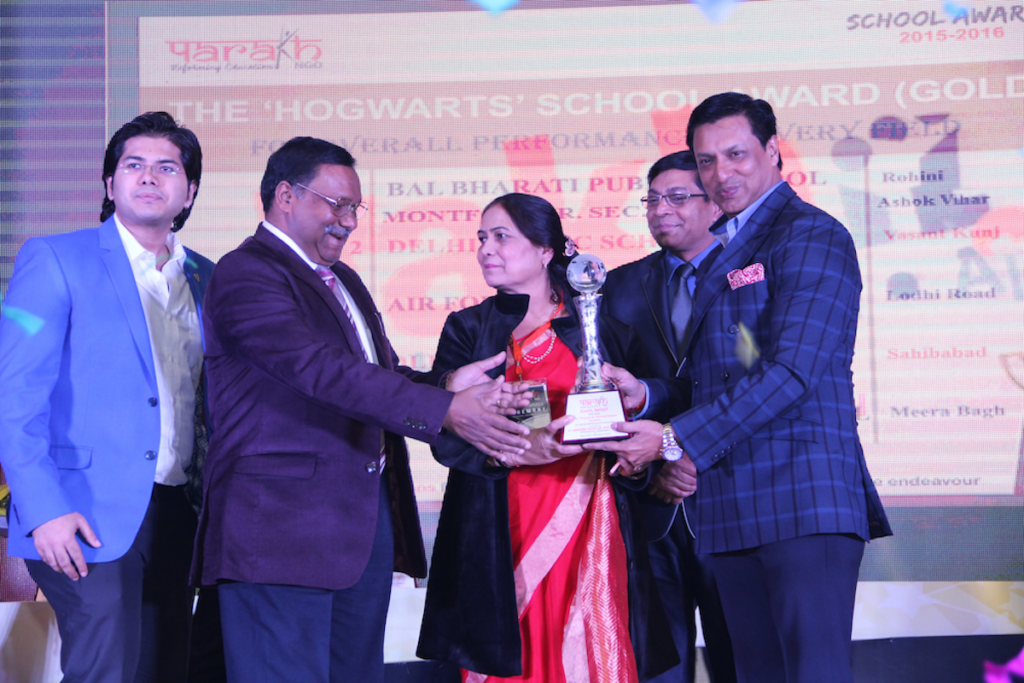
State-level MBA entrance exams vary from region to region, and their MBA entrance exam dates are generally scheduled annually.
Here are some notable state-level MBA entrance exams with their approximate dates:
MAH CET (Maharashtra Common Entrance Test):
- Conducted for MBA programs in Maharashtra.
- Generally held in March.
TS ICET (Telangana State Integrated Common Entrance Test):
- For MBA programs in Telangana.
- Usually takes place in May.
AP ICET (Andhra Pradesh Integrated Common Entrance Test):
- For MBA admissions in Andhra Pradesh.
- Conducted in May.
Karnataka PGCET (Post Graduate Common Entrance Test):
- For MBA admissions in Karnataka.
- Held in July.
KMAT (Karnataka Management Aptitude Test):
- Another Karnataka exam used by private business schools.
- Conducted in October.
TANCET (Tamil Nadu Common Entrance Test):
- For MBA programs in Tamil Nadu.
- Usually takes place in March.
OJEE MBA (Odisha Joint Entrance Examination):
- For MBA programs in Odisha.
- Typically conducted in May.
UPSEE (Uttar Pradesh State Entrance Examination):
- For MBA admissions in Uttar Pradesh.
- Usually held in April.
MBA Entrance Exam Syllabus in India
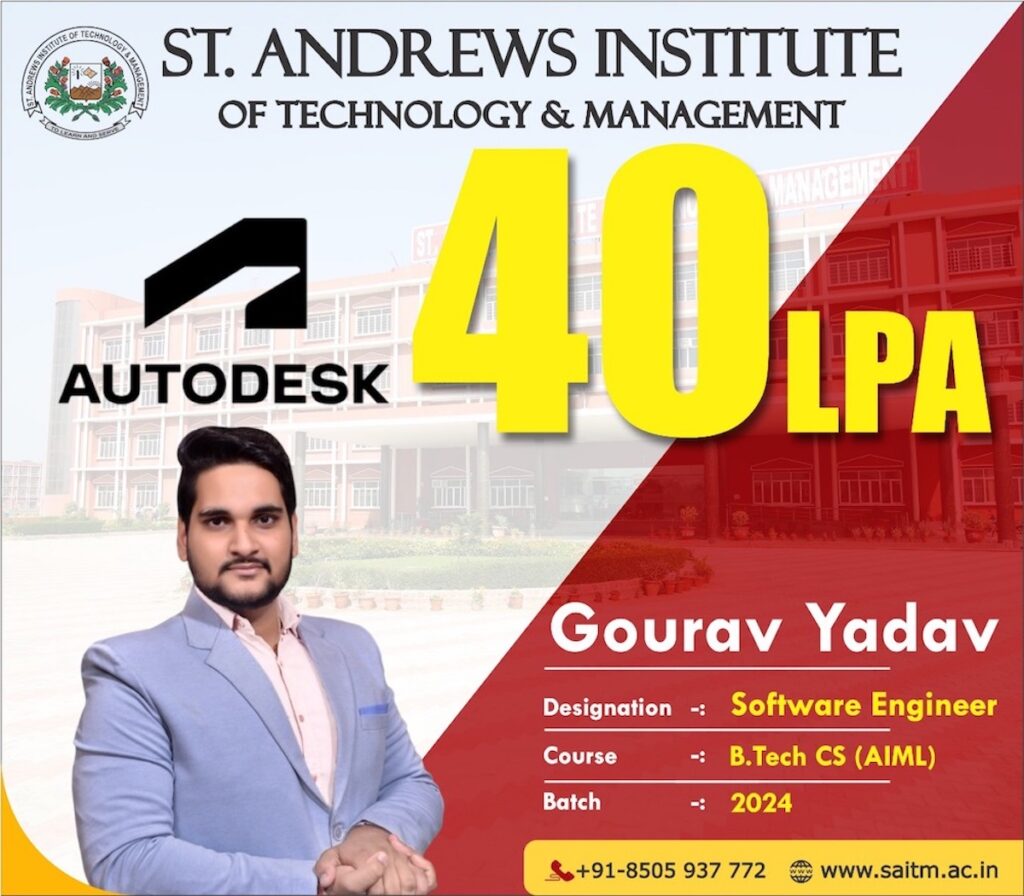
The syllabus for different MBA entrance examinations in India often includes common topics, though specific exams may vary slightly in their focus.
Here’s a general breakdown of topics covered:
Quantitative Aptitude (QA):
Arithmetic: Percentages, Profit & Loss, Ratio & Proportion, Time & Work, Simple & Compound Interest, Time, Speed & Distance.
Algebra: Equations (linear and quadratic), Inequalities, Progressions (AP, GP, HP).
Geometry: Circles, Triangles, Polygons, Mensuration.
Number Systems.
Modern Math: Probability, Permutations & Combinations, Set Theory.
Data Interpretation (DI) & Logical Reasoning (LR):
Data Interpretation: Tables, Bar Graphs, Line Charts, Pie Charts, Data Analysis.
Logical Reasoning: Syllogisms, Arrangements, Seating Arrangements, Blood Relations, Venn Diagrams, Statements & Conclusions, Puzzles.
Verbal Ability (VA) & Reading Comprehension (RC):
Vocabulary: Synonyms & Antonyms, Analogies.
Grammar: Sentence Correction, Fill in the Blanks.
Para Jumbles: Rearranging sentences to form a coherent paragraph.
Reading Comprehension: Short and long passages with questions on comprehension and inference.
General Knowledge (GK):
Current Affairs: Business, Economy, Politics, Sports.
Static GK: History, Geography, Science, Culture.
Decision Making (Specific to XAT):
Ethical Dilemmas, Managerial Scenarios, Problem-Solving in Situational Contexts.
Essay Writing / Analytical Writing (Specific to some exams):
Analysis of an issue or argument, creative writing, summarizing.
Common Management Admission Test – CMAT
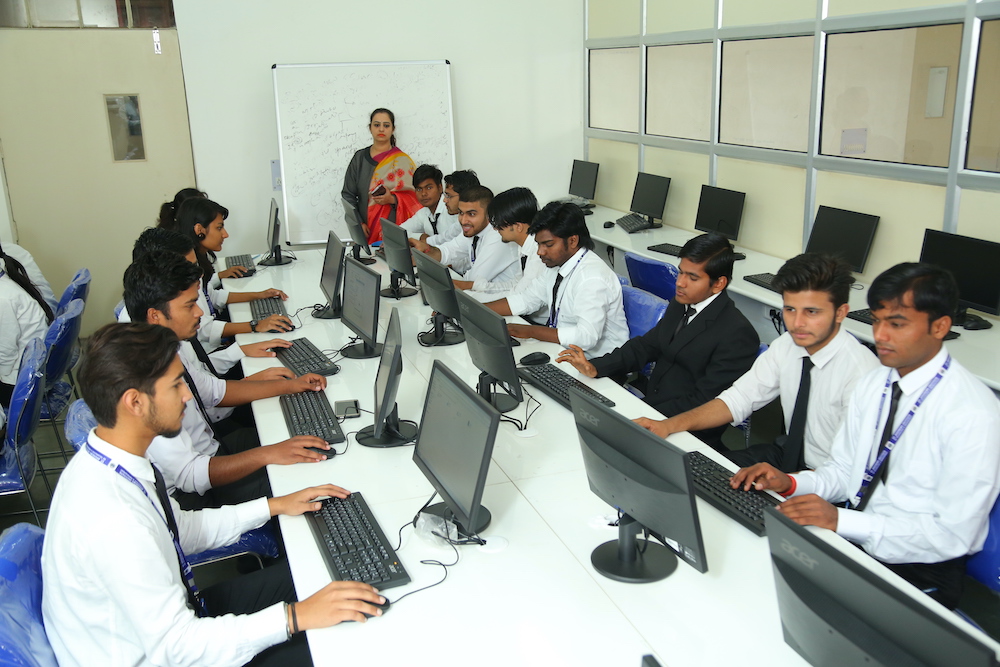
The Common Management Admission Test (CMAT), administered by the National Testing Agency (NTA), is a national-level entrance exam in India. It’s used for admissions to MBA and other management courses in various approved institutions. Here’s an overview:
Key Features of CMAT:
Exam Structure–
The exam is computer-based and consists of 100 multiple-choice questions across five sections.
Sections:
- Quantitative Techniques & Data Interpretation
- Logical Reasoning
- Language Comprehension
- General Awareness
- Innovation & Entrepreneurship
Scoring:
- Each section contains 20 questions.
- Each correct answer scores +4, while an incorrect answer leads to a -1 penalty.
Duration:
- Total exam duration is 180 minutes (3 hours).
Syllabus:
Quantitative Techniques & Data Interpretation: Includes topics like arithmetic, algebra, geometry, and modern math. Data interpretation questions involve tables, charts, and graphs.
Logical Reasoning: Focuses on puzzles, series, analogies, arrangements, and analytical reasoning.
Language Comprehension: Tests reading comprehension, grammar, vocabulary, and verbal ability.
General Awareness: Encompasses current affairs, economic issues, politics, science, and other areas.
Innovation & Entrepreneurship: Introduced in recent years, it examines knowledge of entrepreneurship concepts, innovations, and their impact.
Purpose:
- CMAT scores are used by AICTE-approved institutions and universities for admissions.
Preparation Tips:
- Understand the exam pattern and syllabus.
- Focus on time management to complete sections within the given time.
- Practice previous years’ question papers and mock tests.
Sample Questions for CMAT
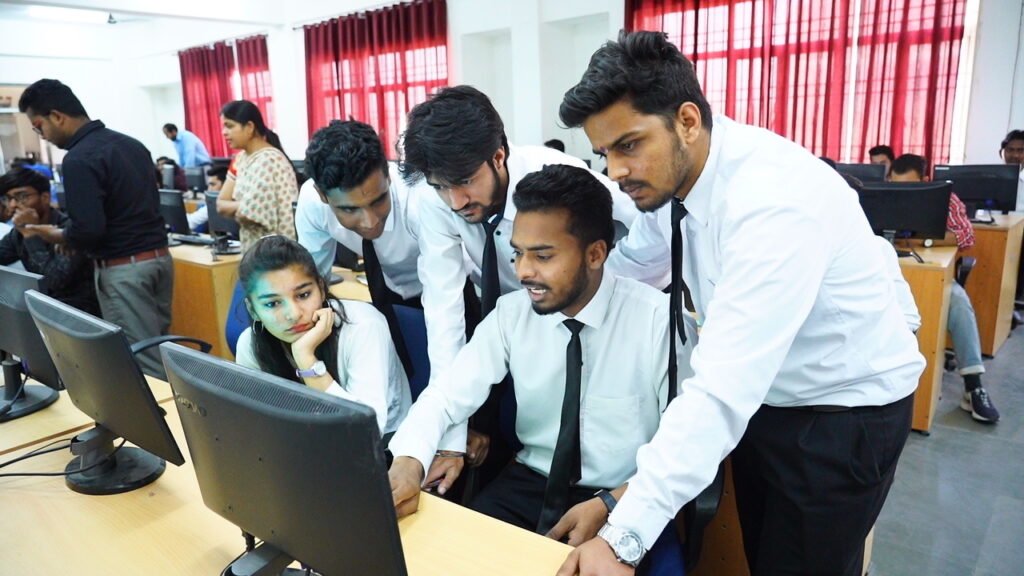
The Common Management Admission Test (CMAT) comprises five main sections: Quantitative Techniques & Data Interpretation, Logical Reasoning, Language Comprehension, General Awareness, and Innovation & Entrepreneurship.
Here are some sample questions across these sections to give you an idea of what to expect:
Quantitative Techniques & Data Interpretation:
Arithmetic:
Question: If a car travels at 60 km/h for the first half of the journey and 40 km/h for the second half, what is the average speed for the entire journey?
Options:
a) 48 km/h
b) 50 km/h
c) 52 km/h
d) 54 km/h
Logical Reasoning:
Arrangements:
Question: Five friends, A, B, C, D, and E, are sitting in a row, facing north. B is to the immediate right of A. C is between D and E. A is at one end. Who is sitting in the middle?
Options:
a) A
b) B
c) C
d) D
Puzzles:
Question: In a certain code language, “GREAT” is coded as “TIAGR”. What will “SMART” be coded as in the same language?
Options:
a) TRMAS
b) RTMAS
c) AMSRT
d) TMARS
Language Comprehension:
Reading Comprehension:
Question: Read the following passage and answer the question:
Passage: “Global warming is a long-term rise in the average temperature of the Earth’s climate system, which has led to widespread climatic changes.”
Question: According to the passage, what is global warming?
Options:
a) An increase in greenhouse gases
b) A rise in ocean levels
c) A rise in average temperature
d) Changes in the rainfall pattern
Vocabulary:
Question: Which of the following words is synonymous with “elucidate”?
Options:
a) Confuse
b) Explain
c) Ignore
d) Condemn
General Awareness:
Question: Who is the current (as of the exam date) Secretary-General of the United Nations?
Options:
a) António Guterres
b) Ban Ki-moon
c) Kofi Annan
d) Boutros Boutros-Ghali
Question: Where will the 2024 Summer Olympics be held?
Options:
a) Paris
b) Los Angeles
c) Tokyo
d) Beijing
Innovation & Entrepreneurship:
Question: Which of the following is a characteristic of disruptive innovation?
Options:
a) Gradual changes to existing products
b) Minor improvements in performance
c) Introduction of entirely new business models
d) Slight modifications to existing customer segments
Question: What is “bootstrapping” in the context of entrepreneurship?
Options:
a) Taking loans from banks
b) Raising funds through venture capital
c) Growing a business without external funding
d) Relying on angel investors for financing
Management Aptitude Test MAT
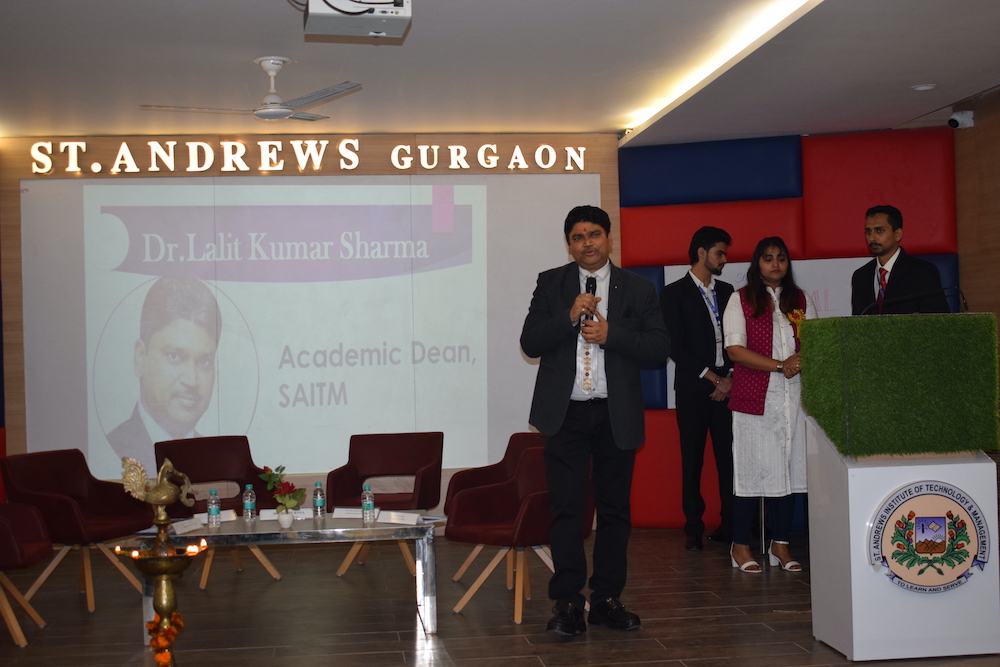
The Management Aptitude Test (MAT), administered by the All India Management Association (AIMA), is a national-level standardized test used for admission to MBA and related programs in various business schools across India.
Key Features of MAT:
Exam Structure
- The MAT is offered in different formats: Paper-Based Test (PBT), Computer-Based Test (CBT), and Internet-Based Test (IBT).
- It consists of 200 multiple-choice questions across five sections.
Sections :
- Language Comprehension
- Mathematical Skills
- Data Analysis & Sufficiency
- Intelligence & Critical Reasoning
- Indian & Global Environment
Scoring :
- Each section has 40 questions.
- Correct answers receive +1, while no marks are deducted for incorrect answers.
- Scores are calculated out of a composite score of 800.
Duration :
- The exam duration is 150 minutes (2.5 hours).
Syllabus :
Language Comprehension: Vocabulary, grammar, sentence correction, synonyms/antonyms, reading comprehension passages.
Mathematical Skills: Arithmetic (percentages, profit/loss, ratio/proportion), algebra, geometry, and modern mathematics.
Data Analysis & Sufficiency: Graphs, tables, data interpretation, logical analysis, and sufficiency.
Intelligence & Critical Reasoning: Logical reasoning puzzles, series, analogies, relationships, and critical thinking.
Indian & Global Environment: Current affairs, general knowledge, business, and economics.
Purpose :
- MAT scores are accepted by a large number of management institutes across India.
- The scores are used to assess the candidate’s aptitude for management studies.
Preparation Tips :
- Understand the structure and practice managing the time for each section.
- Use previous question papers and mock tests to gain familiarity.
- Keep up with current events for the Indian & Global Environment section.
Sample Questions for MAT
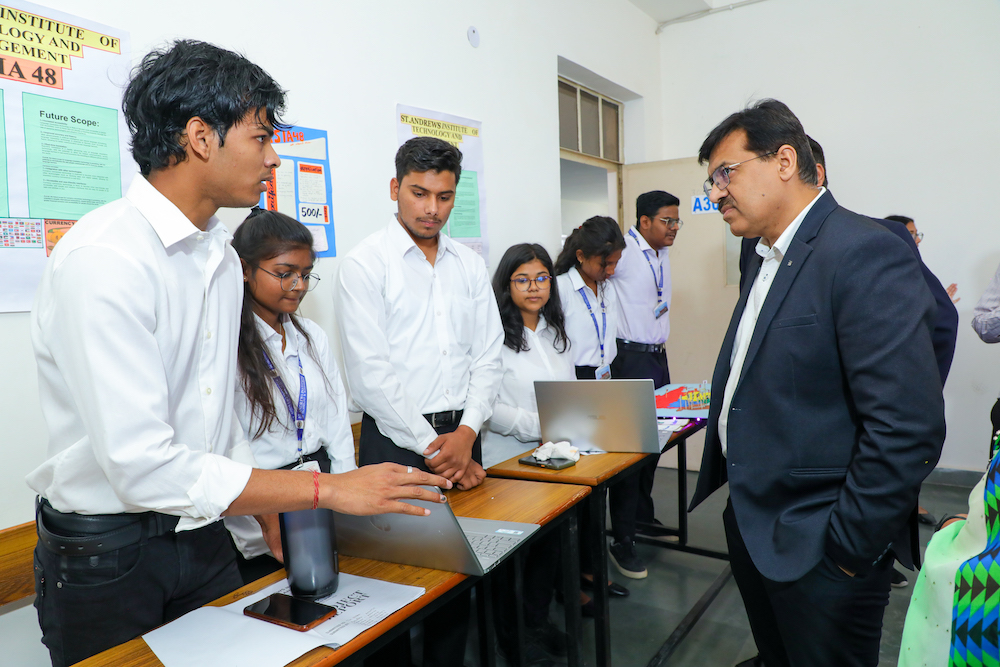
The Management Aptitude Test (MAT) is widely taken across India, focusing on five sections: Language Comprehension, Mathematical Skills, Data Analysis & Sufficiency, Intelligence & Critical Reasoning, and Indian & Global Environment.
Here are sample questions for each section:
Language Comprehension :
Reading Comprehension:
Question: Read the following passage and answer the question below:
Passage: “Digital marketing is revolutionizing how businesses reach customers. Its ability to target audiences effectively has made it indispensable.”
Question: According to the passage, what makes digital marketing crucial for businesses?
Options:
a) Ease of creation
b) Ability to target effectively
c) Low cost of operation
d) Quick results
Grammar:
Question: Select the grammatically correct sentence.
Options:
a) She don’t like watching horror movies.
b) The children enjoys playing outside.
c) They is going to the market.
d) The team has won several matches.
Mathematical Skills:
Arithmetic:
Question: A book originally costing Rs. 500 is sold at a 10% discount. What is the selling price?
Options:
a) Rs. 450
b) Rs. 480
c) Rs. 470
d) Rs. 460
Geometry:
Question: What is the area of a triangle with a base of 10 cm and a height of 12 cm?
Options:
a) 60 sq. cm
b) 120 sq. cm
c) 50 sq. cm
d) 80 sq. cm
Data Analysis & Sufficiency:
Data Sufficiency:
Question: Determine whether the statements provided are sufficient to answer the following question:
Question: Is 𝑥>0x>0?
- Statement 1: 𝑥2=16x2=16
- Statement 2: 𝑥+3=7x+3=7
Options:
a) Only statement 1 is sufficient.
b) Only statement 2 is sufficient.
c) Both statements are needed.
d) Neither statement is sufficient.
Intelligence & Critical Reasoning:
Series:
Question: Identify the next number in the series: 5, 10, 15, 20, ___
Options:
a) 22
b) 23
c) 24
d) 25
Logical Deduction:
Question: All dogs are mammals. All mammals are warm-blooded. Therefore, which of the following must be true?
Options:
a) All mammals are dogs.
b) All warm-blooded animals are dogs.
c) All dogs are warm-blooded.
d) Some warm-blooded animals are not mammals.
Indian & Global Environment:
Question: Who is the current (as of the exam date) Chief Minister of Tamil Nadu?
Options:
a) Edappadi K. Palaniswami
b) M. K. Stalin
c) Jayalalithaa
d) O. Panneerselvam
Question: Which country will host the next G20 summit?
Options:
a) Italy
b) Indonesia
c) Brazil
d) India
Xavier Aptitude Test – XAT
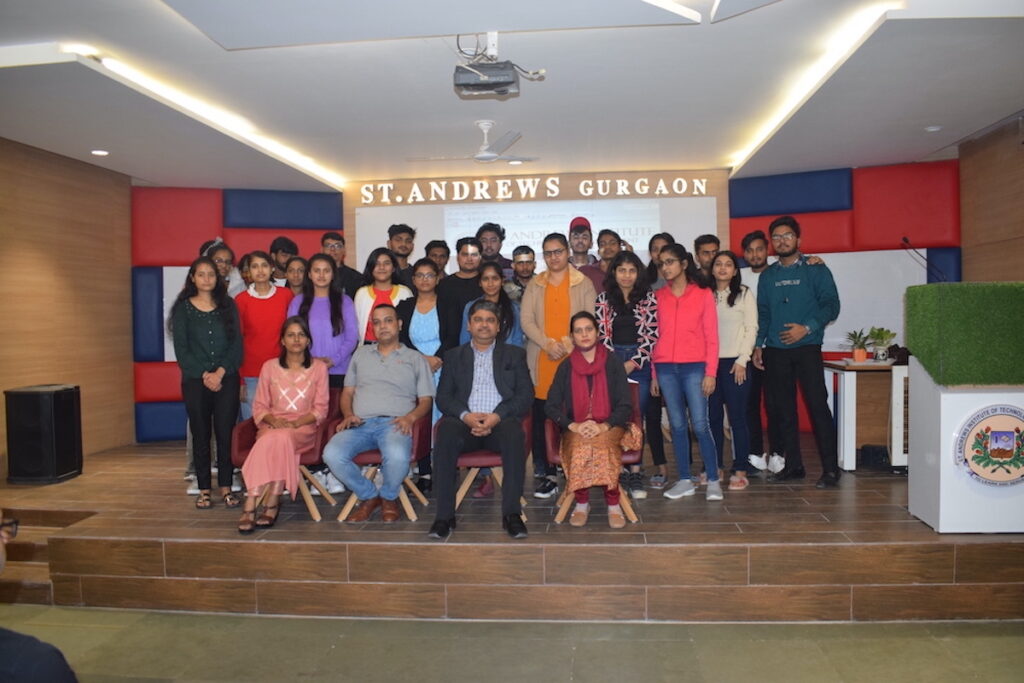
The Xavier Aptitude Test (XAT) is a national-level management entrance exam conducted by Xavier School of Management (XLRI), Jamshedpur. It is used by XLRI and many other business schools in India for admission to their MBA programs.
Key Features of XAT:
Exam Structure—
The XAT is a computer-based test (CBT) with multiple-choice questions (MCQs) and an essay.
The test typically has two parts: Part 1 and Part 2.
Sections–
Part 1:
- Verbal and Logical Ability (VLA)
- Decision Making (DM)
- Quantitative Ability and Data Interpretation (QA & DI)
Part 2:
- General Knowledge (GK)
- Essay Writing (only for XLRI candidates)
Scoring–
Part 1 contains 75 questions with varying marks per question.
Part 2 is not included in the percentile calculation but is considered in the final selection.
Negative marking applies (-0.25 per wrong answer).
Leaving over eight questions unanswered incurs additional negative marking.
Duration–
The total duration of the XAT is 3 hours.
Syllabus–
Verbal and Logical Ability: Vocabulary, grammar, reading comprehension, critical reasoning, and verbal analogies.
Decision Making: Ethical dilemmas, problem-solving scenarios, and managerial decision-making.
Quantitative Ability and Data Interpretation: Arithmetic, algebra, geometry, statistics, data analysis, and interpretation.
General Knowledge: Current affairs, business, economics, politics, sports, and international events.
Purpose–
Xavier Aptitude Test scores are used by XLRI and over 150 other institutions.
The exam assesses a candidate’s analytical, decision-making, and management potential.
Preparation Tips–
Understand the unique sections like Decision Making.
Practice time management since questions vary in difficulty and complexity.
Keep up with current events for the General Knowledge section.
Practice previous XAT question papers for better understanding.
Sample Questions for XAT in India

Here are some sample questions for the XAT (Xavier Aptitude Test) along with their answers:
Verbal and Logical Ability
Reading Comprehension:
- Passage (excerpt): “In recent years, the concept of workplace flexibility has gained traction…”
- Question: What does the author imply about the relationship between workplace flexibility and employee productivity?
- Answer: The author implies that workplace flexibility can lead to improved employee productivity by reducing stress and increasing job satisfaction.
Critical Reasoning:
- Statement: “All managers are not leaders, and not all leaders are effective.”
- Question: Which of the following conclusions logically follows from the statement?
- A. Only managers can be effective leaders.
- B. Effective leadership does not require one to be a manager.
- C. Leaders are always managers.
- Answer: B. Effective leadership does not require one to be a manager.
Decision Making
Ethical Dilemma:
Situation: You are a manager in a software company and have to decide between two employees for a promotion. Employee A is more experienced but not as innovative. Employee B is relatively new but highly creative. Both are valuable to the team.
Question: How would you handle this situation to ensure fairness while maintaining team morale?
Answer: The manager could establish clear criteria for the promotion based on the specific requirements of the new role. If the role demands more innovation, Employee B might be a better fit, but if experience is crucial, Employee A may be chosen. Alternatively, a compromise could involve creating a new role or developing a shared project that capitalizes on both employees’ strengths.
Business Problem:
Scenario: A retail company is considering expanding its online presence but is concerned about logistics. How would you advise the management to ensure smooth online operations?
Answer: Recommend integrating a comprehensive supply chain management system to track and optimize inventory, automate order fulfillment, and partner with reliable logistics companies to ensure timely delivery.
Quantitative Ability and Data Interpretation
Quantitative Aptitude:
Question: If the cost price of a laptop is increased by 25%, and the selling price is increased by 20%, what will be the percentage profit?
Answer: Assume the cost price is 100. After a 25% increase, the new cost price will be 125. If the selling price is increased by 20%, the new selling price will be 120. Therefore, the percentage profit is 120−125125×100=−4%125120−125×100=−4%, indicating a loss of 4%.
General Knowledge
Current Affairs:
Question: Which country hosted the G20 summit in 2023?
Answer: India.
Business Awareness:
Question: Who is the current CEO of a leading global technology company?
Answer: Sundar Pichai is the current CEO of Alphabet Inc. and Google.
Common Admission Test (CAT)

The Common Admission Test (CAT) is a prestigious, national-level MBA entrance exam conducted in India by one of the Indian Institutes of Management (IIMs) on a rotating basis. CAT scores are accepted by the IIMs and hundreds of other business schools across India for admission into MBA and related programs.
Key Features of CAT:
Exam Structure :
The CAT is a computer-based test (CBT) consisting of 66 multiple-choice and non-MCQ questions.
There are three sections in the test.
Sections –
Verbal Ability and Reading Comprehension (VARC)
Data Interpretation and Logical Reasoning (DILR)
Quantitative Aptitude (QA)
Scoring –
The total score is calculated out of 198 marks.
Each section has a specific number of questions, typically 18-26 questions.
Each correct answer scores +3, and each incorrect answer results in a penalty of -1 for MCQs. Non-MCQs don’t have negative marking.
Duration—
The exam is conducted over a 2-hour period.
Each section is allotted 40 minutes, and switching between sections isn’t allowed.
Syllabus –
Verbal Ability and Reading Comprehension: Reading comprehension passages, sentence rearrangement (para jumbles), sentence correction, and vocabulary.
Data Interpretation and Logical Reasoning: Puzzles, data tables, graphs, arrangements, logical sequences, and caselets.
Quantitative Aptitude: Arithmetic (percentages, ratio/proportion), algebra (linear/quadratic equations), geometry (circles, triangles), and number systems.
Purpose –
CAT scores are primarily used by IIMs and numerous other business schools across India.
The test is designed to evaluate a candidate’s logical, analytical, and verbal skills.
Preparation Tips –
Practice previous years’ CAT question papers to familiarize yourself with the pattern and question types.
Work on time management, as each section is strictly timed.
Strengthen fundamentals in quantitative, verbal, and logical reasoning areas.
Regularly practice reading comprehension and data interpretation to improve speed and accuracy.
Sample Questions for CAT

here are some sample questions with answers for the CAT (Common Admission Test) in India:
Verbal Ability and Reading Comprehension
Reading Comprehension:
Passage (excerpt): “The current trend in global economic growth indicates an increasing disparity between developed and developing economies…”
Question: What is the primary concern of the author regarding global economic growth?
Answer: The author is primarily concerned that the increasing disparity between developed and developing economies could lead to greater inequality and socio-economic challenges.
Sentence Correction:
Question: “Despite of the recent advancements, the healthcare system continues to struggle with accessibility issues.”
Identify the grammatical error:
Answer: “Despite of” is incorrect. The correct phrase is “Despite the recent advancements.”
Data Interpretation and Logical Reasoning
Logical Reasoning (Seating Arrangement):
- Question: Five friends are sitting in a row facing north. P is sitting next to Q but not next to R. S is to the immediate left of T, who is sitting at one end of the row. Who is sitting at the other end?
- Answer: R is sitting at the other end.
Quantitative Ability
Arithmetic:
- Question: If the ratio of boys to girls in a class is 3:4 and there are 28 girls, how many boys are there in the class?
- Answer: Let the number of boys be 3x and the number of girls be 4x. Since 4x = 28, x = 7. Thus, the number of boys is 3x = 21.
Geometry:
- Question: What is the area of a right-angled triangle with a base of 6 cm and a height of 8 cm?
- Answer: The area of a right-angled triangle is 1/2×base×height=1/2×6×8=24 square centimeters.
Indian Institute of Foreign Trade (IIFT) Entrance Exam:

The Indian Institute of Foreign Trade (IIFT) entrance exam is a national-level test conducted annually for admission to the MBA (International Business) program at IIFT’s campuses in New Delhi, Kolkata, and Kakinada. The exam is administered by the National Testing Agency (NTA).
Key Features of IIFT Entrance Exam:
Exam Structure:
The IIFT exam is a computer-based test (CBT) comprising multiple-choice questions (MCQs).
It generally includes four sections.
Sections—
Quantitative Ability (QA)
Verbal Ability and Reading Comprehension (VARC)
Data Interpretation and Logical Reasoning (DILR)
General Awareness (GA)
Scoring—
Each section contains questions with varying marks per question.
Negative marking applies (-1/3rd of the marks per incorrect answer).
Duration —
The total exam duration is 120 minutes (2 hours).
Syllabus—
Quantitative Ability: Arithmetic, algebra, geometry, number systems, and higher-level math topics like calculus, probability, and permutation-combination.
Verbal Ability and Reading Comprehension: Reading comprehension passages, grammar, sentence correction, analogies, para jumbles, and vocabulary.
Data Interpretation and Logical Reasoning: Graphs, tables, charts, logical puzzles, series, arrangements, and critical reasoning.
General Awareness: Current affairs, business, economics, and static GK.
Purpose—
The IIFT entrance exam assesses a candidate’s readiness for the MBA (International Business) program.
It is designed to evaluate quantitative, verbal, logical reasoning, and business awareness skills.
Preparation Tips—
Practice past IIFT question papers and mock tests to get familiar with the format.
Focus on data interpretation and logical reasoning as these sections can be time-consuming.
Keep up-to-date with current affairs and business news for the General Awareness section.
Improve reading comprehension speed and accuracy through regular practice.
Sample Questions for IIFT in India
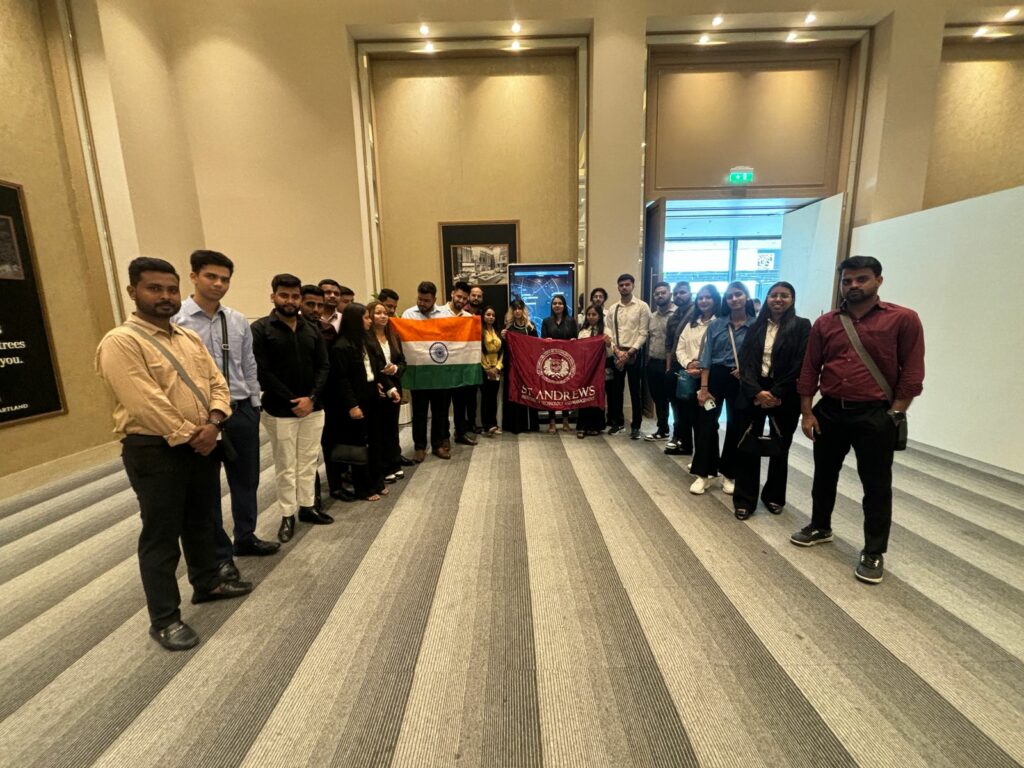
The Indian Institute of Foreign Trade (IIFT) entrance exam includes various sections to assess candidates.
Here are some sample questions for the IIFT exam with answers:
Verbal Ability and Reading Comprehension:
Reading Comprehension:
Passage (excerpt): “In recent years, global trade policies have shifted towards more protectionist measures…”
Question: What impact does the author believe protectionist measures have on global trade?
Answer: The author argues that protectionist measures disrupt global trade by increasing tariffs, leading to trade wars, and ultimately hindering economic growth.
Synonyms and Antonyms:
Question: Choose the synonym of the word “Candid”:
- A. Secretive
- B. Reserved
- C. Honest
- D. Deceptive
Answer: C. Honest
Quantitative Ability:
Arithmetic:
- Question: A sum of money triples itself in 15 years with simple interest. What is the rate of interest per annum?
Data Interpretation and Logical Reasoning:
Logical Reasoning (Puzzle):
- Question: Five friends, A, B, C, D, and E, are standing in a line facing north. A is not next to B. C is not next to E. B stands immediately to the right of D. If D is in the second position from the left, who is standing at the rightmost end?
- Answer: According to the clues, the arrangement is D, B, A, C, E. Therefore, E is at the rightmost end.
General Knowledge and Current Affairs
Current Affairs:
- Question: Who is the current Director-General of the World Trade Organization (WTO)?
- Answer: Ngozi Okonjo-Iweala
General Awareness:
- Question: Which country is the largest producer of oil in the world?
- Answer: The United States
Popular MBA Entrance Exam Pattern
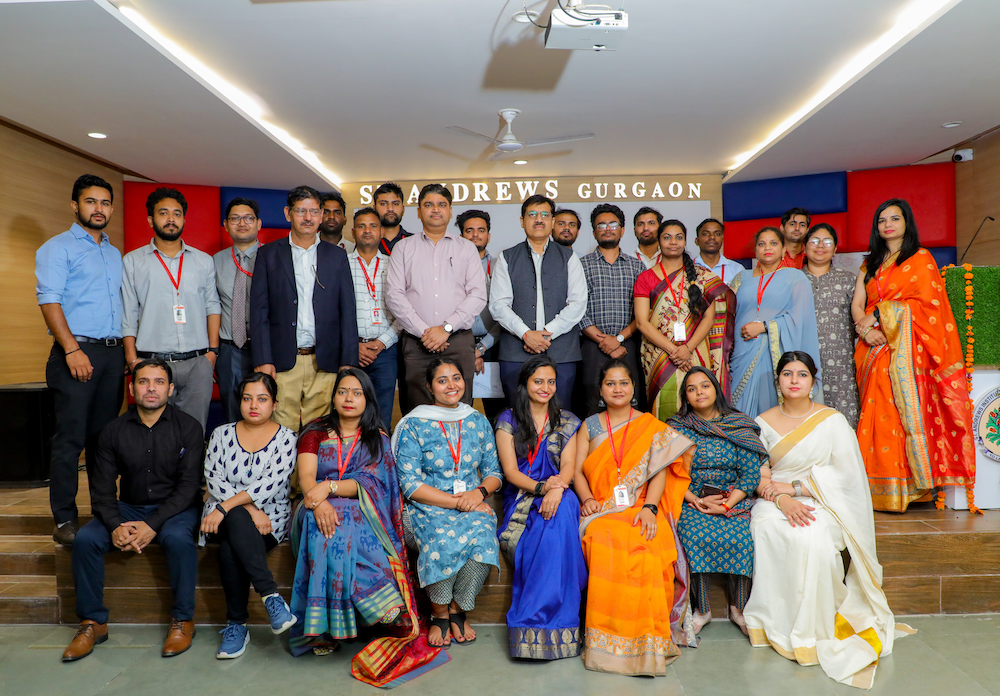
The pattern of MBA entrance exams, including other MBA entrance exams, varies based on the specific test. However, most exams have a standardized structure that includes multiple-choice questions (MCQs) and occasionally non-MCQs.
Here is a general outline of the pattern for some key MBA entrance exams:
Common Admission Test (CAT):
Sections: Three sections include Verbal Ability & Reading Comprehension (VARC), Data Interpretation & Logical Reasoning (DILR), and Quantitative Aptitude (QA).
Duration: 120 minutes (40 minutes per section).
Questions: 66 questions (24 in VARC, 20 in DILR, 22 in QA).
Scoring: +3 for correct answers, -1 for incorrect MCQs, no penalty for non-MCQs.
Xavier Aptitude Test (XAT):
Sections: Two parts:
- Part 1: Verbal & Logical Ability (VLA), Decision Making (DM), and Quantitative Aptitude & Data Interpretation (QA & DI).
- Part 2: General Knowledge (GK) and Essay Writing.
Duration: 180 minutes.
Questions: Varies across sections.
Scoring: +1 for correct answers, -0.25 for incorrect answers.
Management Aptitude Test (MAT):
Sections: Language Comprehension, Mathematical Skills, Data Analysis & Sufficiency, Intelligence & Critical Reasoning, and Indian & Global Environment.
Duration: 150 minutes (2.5 hours).
Questions: 200 (40 per section).
Scoring: +1 for correct answers, no negative marking.
Common Management Admission Test (CMAT):
Sections: Quantitative Techniques & Data Interpretation, Logical Reasoning, Language Comprehension, General Awareness, and Innovation & Entrepreneurship.
Duration: 180 minutes (3 hours).
Questions: 100 (20 per section).
Scoring: +4 for correct answers, -1 for incorrect answers.
Indian Institute of Foreign Trade {IIFT} Entrance Exam
Sections: Quantitative Ability (QA), Verbal Ability & Reading Comprehension (VARC), Data Interpretation & Logical Reasoning (DILR), and General Awareness (GA).
Duration: 120 minutes (2 hours).
Questions: Varies across sections.
Scoring: Different marks per question; negative marking is -1/3rd of the marks for incorrect answers.
State-Level Exams:
Vary widely based on the specific state exam but often follow a similar pattern as the national exams, with sections on quantitative ability, logical reasoning, verbal ability, and general knowledge.
MBA Entrance Exam Difficulty Level
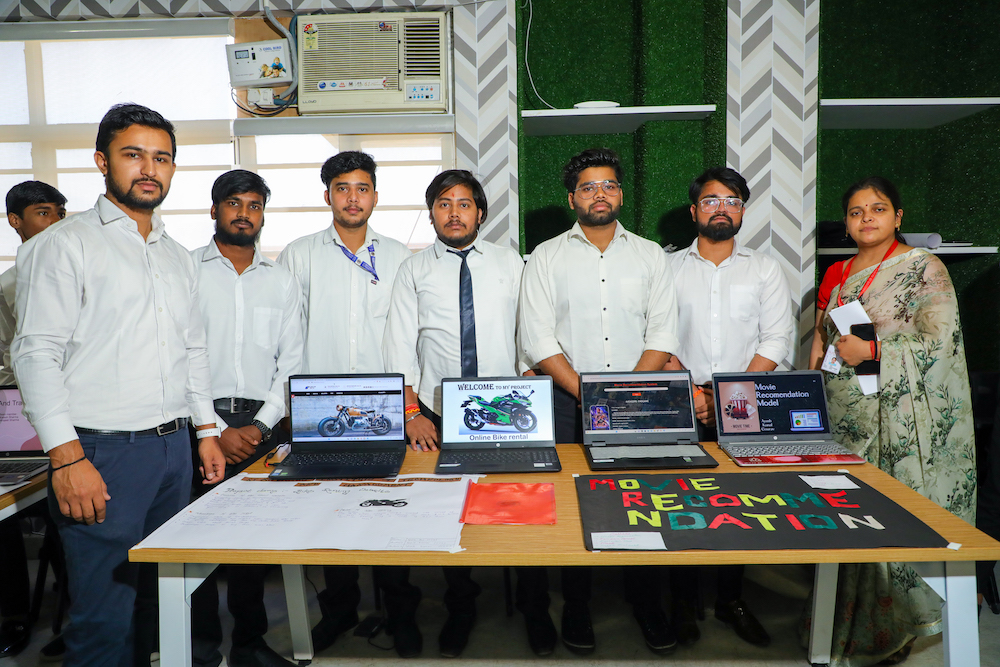
In India, MBA entrance exams vary in difficulty based on the nature of their content, competition, and target institutions.
Here’s a summary of popular MBA entrance exams in India and their perceived difficulty levels:
CAT (Common Admission Test):
- Difficulty Level: High
- Reason: High competition due to a large number of applicants for limited seats in prestigious IIMs and other top B-schools. It emphasizes data interpretation, logical reasoning, quantitative aptitude, and reading comprehension. The varying question types and sectional cut-offs increase the challenge.
XAT (Xavier Aptitude Test):
- Difficulty Level: High
- Reason: Comprehensive test including decision-making (a unique section), verbal ability, quantitative skills, and general knowledge. It requires strong analytical and verbal skills.
IIFT (Indian Institute of Foreign Trade Exam):
- Difficulty Level: High
- Reason: Tests general knowledge, logical reasoning, and quantitative aptitude at a demanding level. Strong reading comprehension skills are essential.
MAT (Management Aptitude Test):
- Difficulty Level: Moderate
- Reason: The test covers language comprehension, mathematical skills, data analysis, and intelligence. It’s easier than CAT but still requires practice.
TISSNET (Tata Institute of Social Sciences National Entrance Test):
- Difficulty Level: Moderate
- Reason: Focuses on social sensitivity, logical reasoning, English proficiency, and quantitative skills.
State-Level Exams (e.g., MAH CET, TANCET, TS ICET, AP ICET):
- Difficulty Level: Moderate
- Reason: They generally cover a mix of quantitative ability, logical reasoning, and verbal ability, making them easier compared to national-level exams.
FAQs
Which entrance exam is best for MBA?
The best entrance exam for MBA depends on your target business schools and career goals. Common entrance exams include:
- CAT: Widely accepted across top business schools in India, including IIMs.
- XAT: For XLRI and other institutes.
- IIFT: Specifically for IIFT.
- MAT: Accepted by many mid-tier institutions.
Which entrance is good for MBA?
The best MBA entrance exam depends on your target business schools. For Indian institutes, the CAT is widely accepted. The XAT is excellent for XLRI and related colleges, while the IIFT is best if aiming for IIFT programs.
Who is eligible for MBA entrance exam?
Candidates with a bachelor’s degree in any discipline from a recognized university are eligible for MBA entrance exams. Most exams require a minimum percentage (often 50%) in undergraduate studies, with some relaxation for reserved categories. Final-year students are also eligible, provided they complete their degree before the program starts.
How to do MBA entrance exams?
To prepare for MBA entrance exams:
Understand the Syllabus: Familiarize yourself with exam sections and topics.
Create a Study Plan: Allocate time for each section based on your strengths and weaknesses.
Practice Regularly: Use mock tests, previous papers, and practice questions to improve accuracy and speed.
Review Concepts: Strengthen fundamentals in quantitative aptitude, reasoning, English, and general awareness.
Stay Updated: Keep up with current affairs and business news for relevant sections.
How many exams for MBA?
There are several popular MBA entrance exams, including:
- CAT: Common Admission Test
- XAT: Xavier Aptitude Test
- IIFT: Indian Institute of Foreign Trade Exam
- MAT: Management Aptitude Test
- CMAT: Common Management Admission Test
Is top MBA exam easy?
MBA exams are challenging due to their competitive nature and comprehensive coverage of topics. However, with consistent preparation, practice, and a strategic approach, you can handle the difficulty and achieve good results.
Can I get admission to an MBA course without an entrance exam?
Yes, some institutions offer direct admission to MBA programs without an online entrance test. This usually involves:
- Management Quota: A certain percentage of seats may be reserved for direct admission.
- Direct Admission Programs: Some private institutions may offer direct MBA admission based on academic performance or professional experience.
- Executive MBA: Programs catering to experienced professionals might not require an entrance exam.
- International Applicants: Certain international students may be exempt from entrance exams.
What is the qualification to pursue an MBA Degree?
To pursue an MBA programme, the basic qualifications typically include:
- Bachelor’s Degree: You should have a bachelor’s degree in any discipline from a recognized university or institution.
- Minimum Percentage: Most programs require a minimum percentage, often around 50%, in undergraduate studies, with some relaxation for reserved categories.
- Entrance Exam: Clearing an entrance exam like CAT, MAT, XAT, or others accepted by the desired institution.
- Work Experience: Some programs, particularly executive MBAs, require a few years of professional experience.

